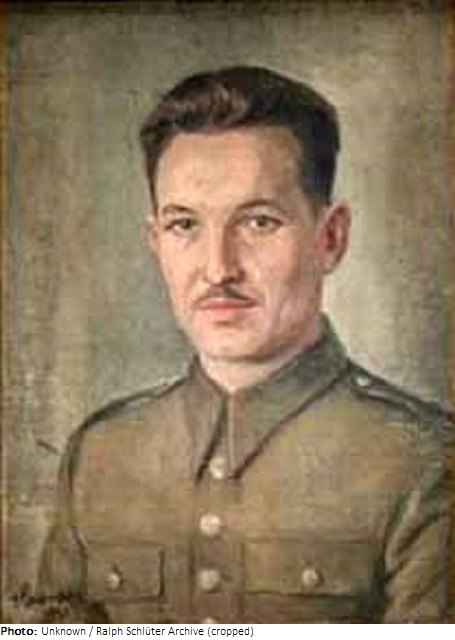Tadeusz Łakomski

Biographical information
| Roles | Competed in Olympic Games (non-medal events) |
|---|---|
| Sex | Male |
| Full name | Tadeusz•Łakomski |
| Used name | Tadeusz•Łakomski |
| Born | 22 September 1911 in Wręczycy, Łódzkie (POL) |
| Died | 31 December 1987 (aged 76 years 3 months 9 days) in Kraków (Cracow), Małopolskie (POL) |
| NOC |  Poland Poland |
Biography
During World War II, Józef Łapiński was arrested for underground activities and imprisoned in December 1941. In 1942, he was transferred to the Salaspils concentration camp near Riga and the following year to the Stutthof camp near Danzig (Gdansk). There Łapiński worked in the camp’s painting squad; among other things, he copied paintings from galleries for SS men, but also had the opportunity to record the camp life in drawings. He also survived the “death march”, the evacuation of the Stutthof camp. After the war, Łapiński documented his experiences in paintings and drawings. These are now in the collection of the Stutthof Museum.
After the liberation, Łapiński settled in Wejherowo near Gdansk and was employed by the city administration. From 1947, he studied under Juliusz Studnicki at the State College of Fine Arts in Sopot (later Gdansk). He graduated in 1956 and became a member of the Association of Polish Artists and Designers.
In 1963 Łapiński moved to Elbląg. There he participated in exhibitions of the local group of artists but did not follow the avant-garde trends. He won the first Elbląg trophy in a competition announced by the local cultural association and subsequently received several awards.
Łapiński painted mainly landscapes and nudes, characterized by a calm, balanced, slightly blurred color composition. He also created drawings and prints, occasionally sculptures. In addition, he designed and supervised the erection of monuments commemorating the prisoners of the Stutthof camp. Nevertheless, he was little known to the public.
Between 1965-1971, Łapiński worked as an art teacher at the House of Culture, and from 1975-1978, at the Elbląg Museum. Due to health problems, he received an invalid pension, but remained creatively active until the end of his life, despite the gradual loss of his eyesight.
Since 1945, he was a member of the “Alliance of Democrats”, a so-called “satellite” party, and from 1970, also of the official veterans’ association “Association of Fighters for Freedom and Democracy”.
The title of the charcoal drawing Friedensfahrt (Peace Race) probably refers to the multiple-stage bicycle race of the same name in Central Europe. Until the political upheaval in the former Eastern Bloc countries in 1989, it was the most important amateur bicycle race internationally.
Results
| Games | Discipline (Sport) / Event | NOC / Team | Pos | Medal | As | |
|---|---|---|---|---|---|---|
| 1952 Summer Olympics | Art Competitions |  POL POL |
Tadeusz Łakomski | |||
| Painting, Open (Olympic (non-medal)) |
List mentions
- Listed in Olympians Who Survived Nazi Concentration Camps (Salaspils concentration camp and Stutthof concentration camp)